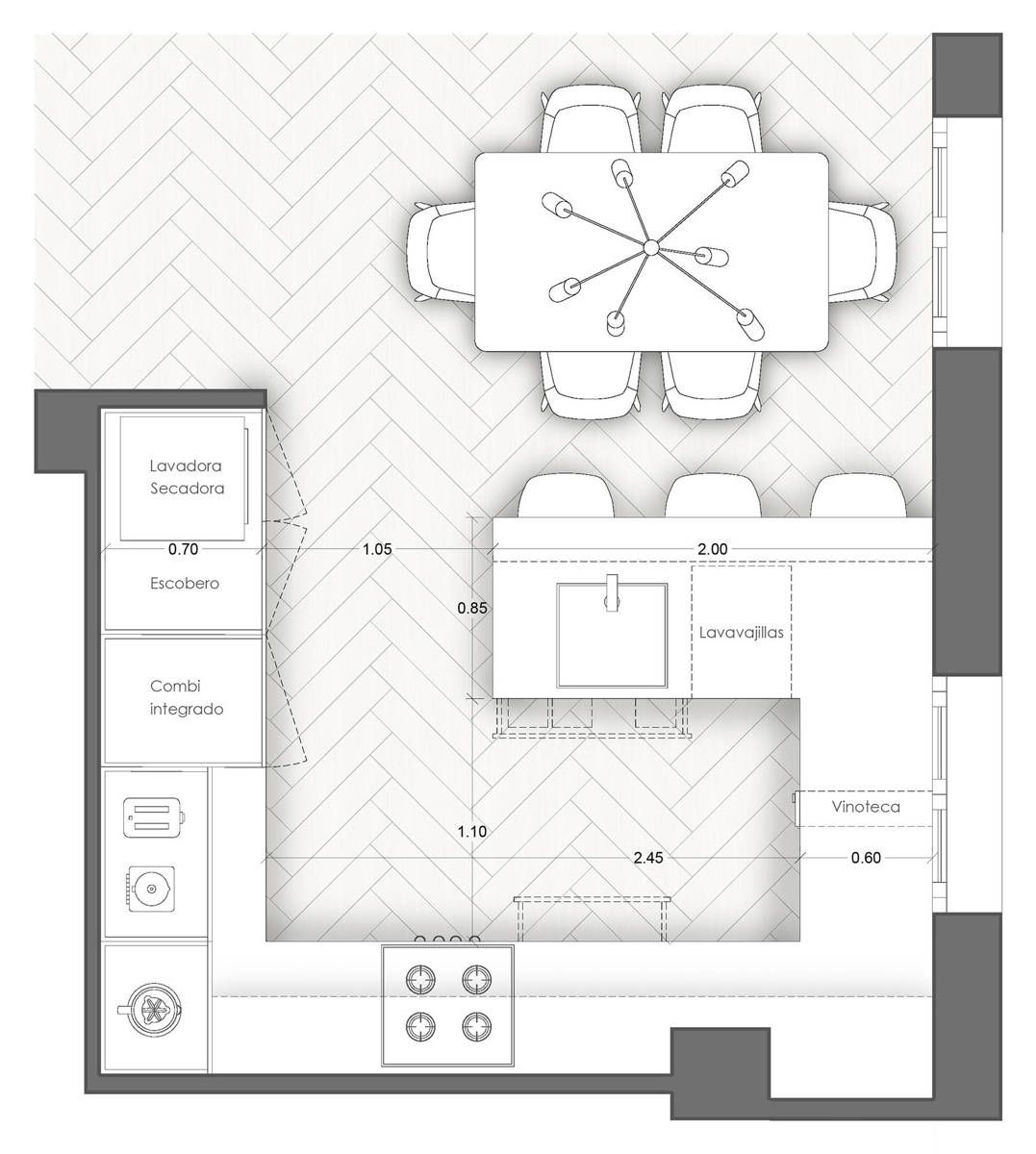P-DfMA Platform Design for Manufacture and Assembly
However, some have been released by LETI, RIBA and others, and there is an effort within the industry to get them aligned.
- Shortage of construction expertise.- MEP co-ordination.

Conclusions for the industry.Timber is a renewable material that has the potential to help decarbonise new buildings.However, should the industry move towards using more timber construction, local supply may not be able to meet demand leading to a less sustainable product..

The technical difficulties don’t eliminate the use of engineered timber but it’s clear there are many challenges that require more complex integration and technical knowledge than conventional construction systems..The application of timber is wide reaching from engineered timber solutions to simple uses of lumber in isolated instances.

The right type and application of timber needs to be considered alongside the building typology.
However, our prevailing view is that timber is the best structural option, particularly in designs driven by carbon.This represents approx.
of modules and just 10% of onsite installations, which means a smaller team of operatives on site, working more efficiently..Consistency and precision of design, fabrication and installation means the exposed M&E services are symmetrical, aligned and in repeated patterns.
The services are, for once, making a positive contribution to the aesthetic of the building..The story of M&E and P-DfMA at the Forge is one of coordination not compromise between the different elements of the design, construction and operation of this ground-breaking building.
